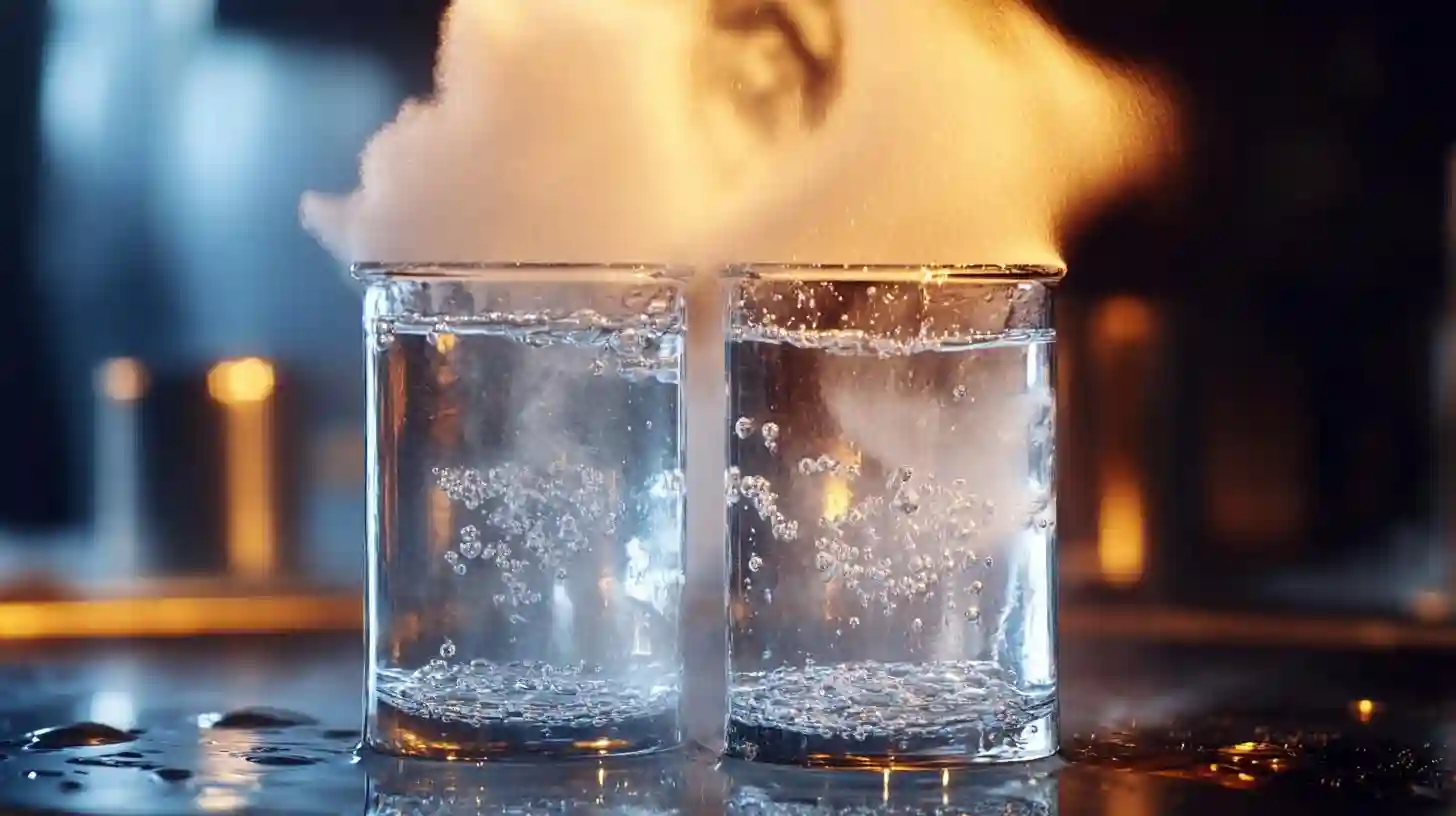
Infospherezone

The phenomenon where hot water seems to freeze faster than cold water is known as the Mpemba effect, a curious and counterintuitive occurrence that has puzzled scientists and curious minds alike for centuries. The name comes from Erasto Mpemba, a Tanzanian student who observed this perplexing phenomenon in the nineteen sixties while making ice cream. He reported that hot mixtures of milk would freeze more quickly than their colder counterparts, a claim that sparked scientific investigation and debate. Despite its seemingly straightforward premise, multiple variables contribute to our understanding of why this effect occurs, and various theories have been proposed to elucidate the complex interactions at play.
One of the most widely discussed factors involves the role of supercooling. As water cools, it can sometimes drop below its freezing point without actually turning into ice. Cold water can remain in a liquid state even when it is chilled past zero degrees without forming ice nuclei, which are necessary for crystallization. This phenomenon can delay the freezing of cold water, giving hot water a potential head start as it does not typically supercool. When hot water cools down, it can reach the freezing point directly, avoiding this delay and leading to a quicker phase change to ice.
Another essential factor at play is evaporation. Hot water has a higher rate of evaporation than cold water, which can lead to a decrease in the overall volume of water that needs to freeze. As the hotter water evaporates, the remaining water can cool more rapidly. This reduction in volume also increases the concentration of any solutes or impurities present, which, while having a complex contribution to freezing point depression, may also influence how quickly the water transitions to ice. Reductions in volume also mean there is less mass to freeze, which simplifies the process overall.
The conditions of the container can also affect the freezing rates. When hot water is placed in a less insulated environment, the thermal conductivity of the surrounding material can play a crucial role. Hot water may transfer heat more quickly to the surrounding environment than cold water, causing the rapid cooling effect to dominate. This transfer can lead to faster temperature drops under certain conditions. The container's shape, size, and thermal properties can further complicate the conclusions drawn about the Mpemba effect. Different materials conduct heat differently, and choosing the right container can influence the speed at which water freezes.
The presence of dissolved gases in water is another contributing factor to this phenomenon. Hot water can contain fewer dissolved gases than cold water because high temperatures tend to drive gases out of the solution. The removal of these gases can alter the freezing process since dissolved gases typically lower water’s freezing point. With fewer gas molecules interfering, the hot water may freeze more readily when given the chance.
In the realm of molecular dynamics, the behavior of the water molecules themselves can also provide insight into this phenomenon. Hot water molecules have higher kinetic energy and move more vigorously than their cold counterparts. As these energized molecules collide, they may promote better interaction and structural organization, aiding in the process of forming ice. Additionally, the arrangement of molecules during the cooling process implies that hot water may have unique crystal structures upon freezing, which could lead to a faster transition to solid ice under specific conditions.
The Mpemba effect does not have a one-size-fits-all explanation, and the variables contributing to this phenomenon can change based on environmental conditions, measurement techniques, and the specific materials involved. Different studies have produced mixed results, making it a topic of ongoing interest in physics and chemistry. Researchers have performed numerous experiments under controlled conditions to better understand this effect, and while no consensus has been reached, the discussion continues to inspire curiosity among scientists.
As scholars investigate the nuances surrounding the Mpemba effect, the implications of their findings extend beyond the curiosity of freezing temperatures. The understanding of phase transitions in water has significant implications in various fields, including meteorology, environmental science, and even culinary practices. This effect serves as a reminder that nature often defies our expectations, urging us to delve deeper into the complexities of the world around us. Thus, the Mpemba effect remains an exciting topic for continued exploration, shedding light on the intricate dance of particles that govern the behavior of water in its various states.